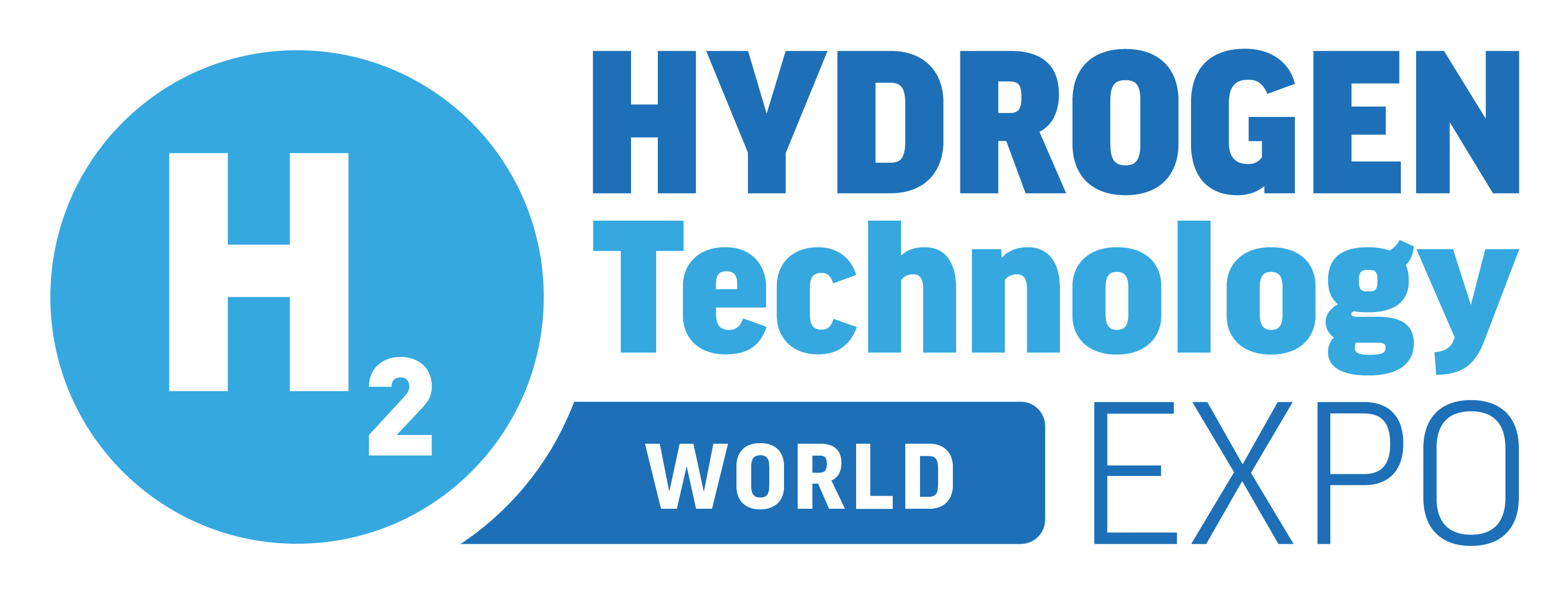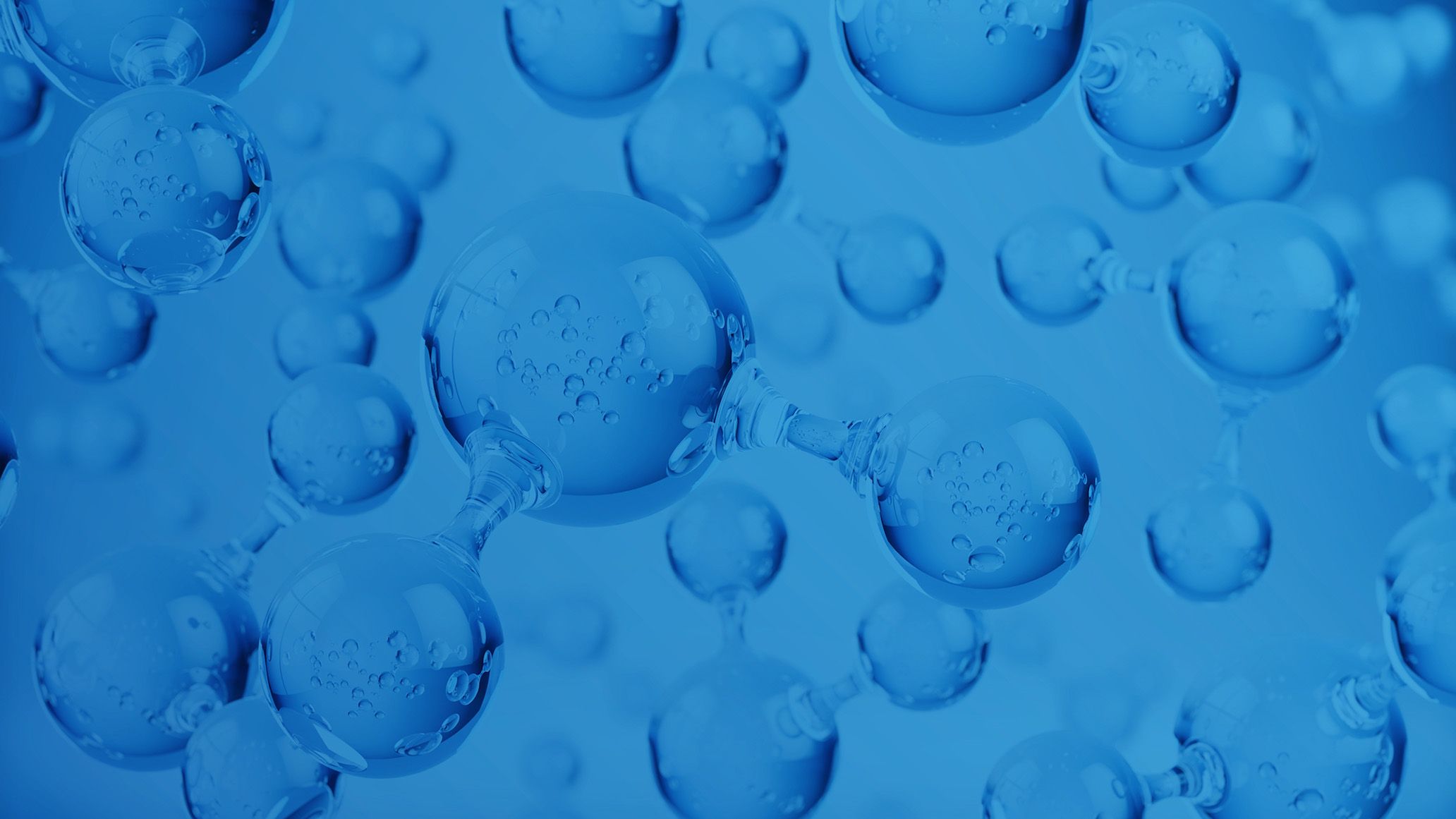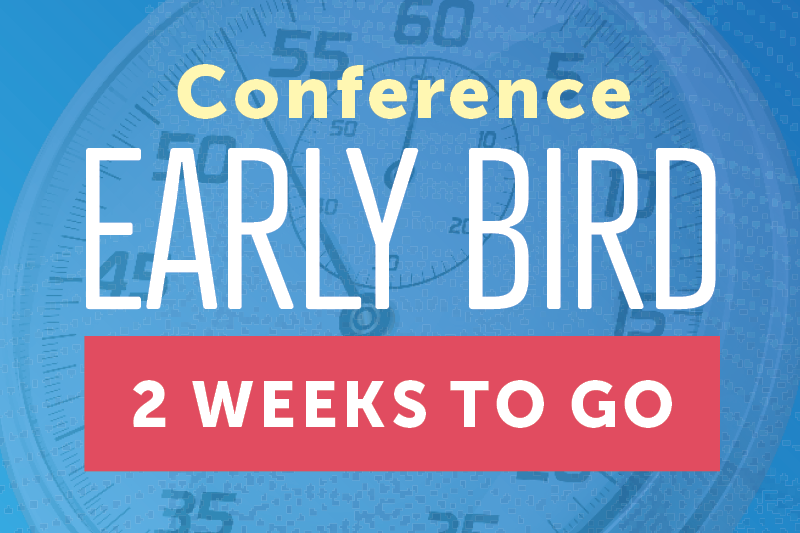Using onsite wind generation to decarbonise a distillery with green hydrogen - lessons learned
The Scotch whisky industry, a cornerstone of Scotland’s economy, contributes an estimated 529,000 tonnes of CO2 annually, representing around 1.5% of Scotland’s total emissions. In response, the Scotch Whisky Association has set an ambitious goal of achieving net zero emissions for distilleries by 2045. A significant step toward this goal came when Locogen and Arbikie Distillery, located near Montrose, Scotland, secured UK government innovation funding to implement a pioneering green hydrogen energy system.
This groundbreaking project, a collaboration between Arbikie Distillery and Locogen, is a fantastic example of an end-to-end onsite green hydrogen production and usage system, and supports Arbikie’s ‘Field-to-bottle’ ethos by being able to generate their own hydrogen from the site resources as well. It incorporates a 1 MW wind turbine, electrolyser, hydrogen storage, and a hydrogen boiler. By transitioning from conventional fossil-fuel-based methods to on-site, zero-carbon green hydrogen, this initiative serves as a model for sustainable whisky production.
This presentation will explore:
• Key components of the green hydrogen energy system: including the wind turbine, electrolyser, hydrogen storage, and hydrogen boiler.
• Process adaptation: the modifications required to transition from traditional distilling methods to utilising green hydrogen.
• Implementation challenges: insights into overcoming technical and logistical hurdles during the project’s development.
• Benefits of the transition: improvements in operational efficiency, reduced environmental impact, and long-term economic and promotional advantages.
This talk will provide a comprehensive overview of how distilleries, and other industrial applications, can embrace hydrogen generation through their own renewable capacity and significantly reduce their carbon footprint, setting a new standard for the global industry.





)
)
)
)
)
)
)
)
)
)
)
)
)
)
)
)
)
)
)
)
)
)
)
)
)
)
)
)
)
)
)
)
)
)
)
)
)
)
)
)
)
)
)

)
)
)
)
)
)
)
)
)
)
)
)


)
)
)
)
)
)
)
)
)
)
)
)

)

)
)
)

)
)
)
)
)
)
)

)
)
)
)

)
)
)
)
)
)
)
)
)
)


)

